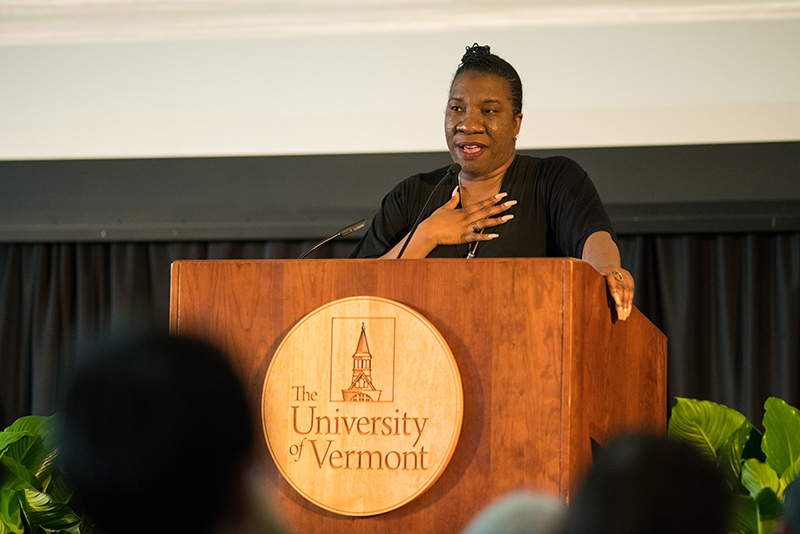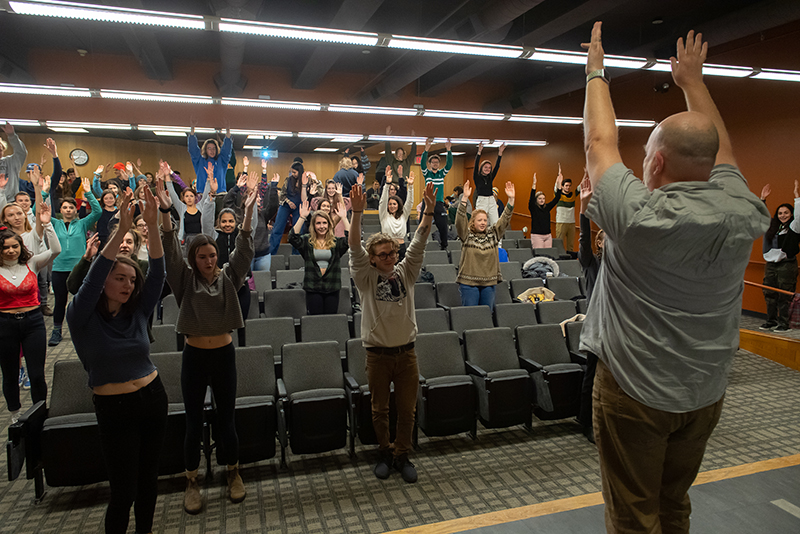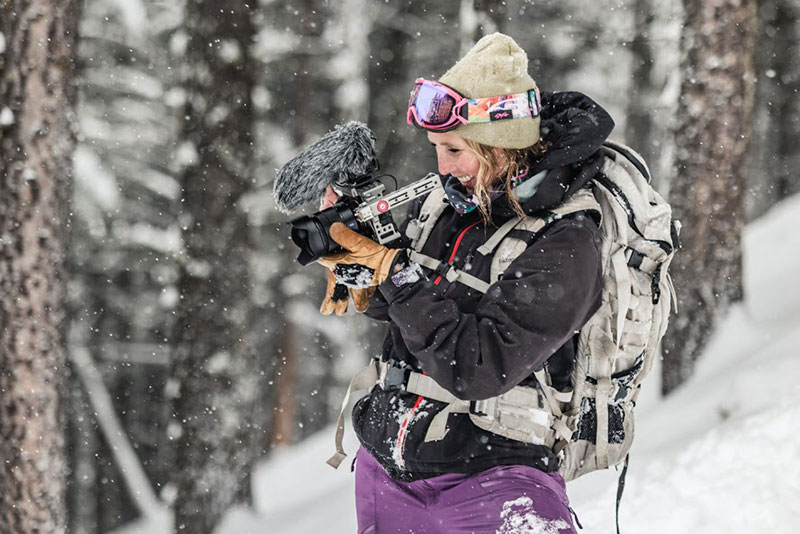Researchers at the University of Vermont have teamed up with scientists around the U.S. to tackle agriculture’s grand challenge of feeding the world’s growing population while conserving natural resources and reducing its environmental footprint. Using precision agriculture tools, network analysis, artificial intelligence and machine learning, the project will analyze cover cropping strategies at over 100 farms throughout the East Coast and Midwest and survey farmers and advisors across 20 states with the goals of improving profit for farmers and building more sustainable food systems.
The five-year project has been awarded $10 million from the USDA Agriculture and Food Research Initiative (AFRI)’s Sustainable Agricultural Systems program, the nation’s leading and largest competitive grants program for agricultural sciences. The project is one of eight awarded and involves nearly 100 scientists from 35 institutions across the U.S. UVM Extension professor Heather Darby and UVM Food Systems and Department of Nutrition and Food Sciences assistant professor Meredith Niles both serve on the project’s executive committee, providing leadership in regenerative agriculture and the social science aspect of the research.
“There’s nothing else like this, it’s very unique,” said Darby, who will be leading on-farm trials at 10 different sites in Vermont starting next year. “This is really taking the research and knowledge that we have and being able to deploy it on hundreds and hundreds of farms across our region.”
Cover crops, often plants such as legumes, grasses and brassicas, are grown to protect and regenerate soil and improve water nutrient and pest management, but are not typically harvested for cash income. Combining cover crops with sustainable agricultural practices like reduced tillage, diversified crop rotations and integrated weed management can increase soil health, allowing for more climate-resilient production of food and fiber and greater yields for farmers. However, cover cropping strategies may vary depending on weather, climate and growing conditions.
Advances in sensor technology, on-farm monitoring systems and cloud-based platforms have enabled massive amounts of data to be collected in real time. The research team will deploy these technologies across its 100 field trial sites and use machine learning and artificial intelligence to begin to predict optimal strategies for farmers based on their crop and environmental conditions.
“There’s power in numbers. The goal is to be able to amass consistent data from sites all over the East Coast and Midwest so we can actually start to predict how much nitrogen people get from cover crops and how much water holding capacity is created from growing cover crops,” said Darby. “We’re developing decision support tools that will take the data and make it palatable for farmers. That’s who we’re doing this work for,” said Darby.
To better assist farmers, Niles will be conducting a national network analysis to understand how and where farmers receive information about cover cropping strategies and how their networks may influence uptake and maintenance of cover crops.
“Never before have researchers mapped farmer information networks for cover crops at this scale,” said Niles.
The network analysis, which will be conducted through a series of surveys to farmers and agricultural advisors, will be deployed across 20 states. Field trials are expected to begin in Vermont in late summer 2020 and the farmer surveys will begin in 2021.
Source: UVM News







